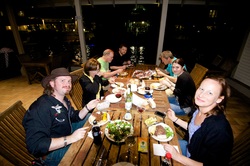
We're in our final weekend in Australia, so it's time for a retrospective. This will likely be my final blog entry to avoid paying another $25 to access the Internet.
A quick scan yesterday through some of my video clips of student interviews revealed that what we hope to accomplish through a study-abroad trip was achieved. The students participated in their formal classes and embraced the larger classroom of Australia. They engaged the culture and experienced places and people unlike those at home. And they grew as people. Several reported gaining confidence by navigating large and unfamiliar cities using public transportation. Everyone rhapsodized over making new friends.
Last night, the faculty took advantage of the barbecue grills the hotel offers and brought in food to serve a potluck dinner of sorts overlooking the pool. Many of the students did the same thing later in the evening, and had done so the previous two nights. Watching about 30 students collaborate to prepare food was rewarding. Working together to achieve a shared goal while relying on the strengths of each (some are better cooks; some are better at carving pineapple) is a skill that will serve them well in life.
So thanks, parents and families, for lending us your children for four weeks. Watching them mature as they negotiated a new surrounding was a privilege.
We have one more item on our itinerary before we head home: an optional group dinner on Monday. Our wonderful AIFS representative, Laura Masters, arranged for the chefs at the top-rated Ochre restaurant in Cairns to give us a guided tour of contemporary Australian cuisine. That will be a nice treat before we depart the hotel at 2:45 a.m. Tuesday (gulp!) to head to the Cairns airport to Brisbane, then to Los Angeles, then to Miami.
Australia is a fascinating culture. It's more open than its colonial master, Great Britain, but isn't as individualistic as America. It's the size of the United States in territory but has only 8 percent of the population. The center is largely desert, so most inhabitants crowd around the seashore. Their homes are expensive and packed closely together, yet they value their open spaces and geographic treasures. They welcome immigrants and seem to care for each other.
I am so fortunate to have experienced this land with some terrific colleagues and amazing students. Some day, I hope to return to the continent and see more of Oz.
A quick scan yesterday through some of my video clips of student interviews revealed that what we hope to accomplish through a study-abroad trip was achieved. The students participated in their formal classes and embraced the larger classroom of Australia. They engaged the culture and experienced places and people unlike those at home. And they grew as people. Several reported gaining confidence by navigating large and unfamiliar cities using public transportation. Everyone rhapsodized over making new friends.
Last night, the faculty took advantage of the barbecue grills the hotel offers and brought in food to serve a potluck dinner of sorts overlooking the pool. Many of the students did the same thing later in the evening, and had done so the previous two nights. Watching about 30 students collaborate to prepare food was rewarding. Working together to achieve a shared goal while relying on the strengths of each (some are better cooks; some are better at carving pineapple) is a skill that will serve them well in life.
So thanks, parents and families, for lending us your children for four weeks. Watching them mature as they negotiated a new surrounding was a privilege.
We have one more item on our itinerary before we head home: an optional group dinner on Monday. Our wonderful AIFS representative, Laura Masters, arranged for the chefs at the top-rated Ochre restaurant in Cairns to give us a guided tour of contemporary Australian cuisine. That will be a nice treat before we depart the hotel at 2:45 a.m. Tuesday (gulp!) to head to the Cairns airport to Brisbane, then to Los Angeles, then to Miami.
Australia is a fascinating culture. It's more open than its colonial master, Great Britain, but isn't as individualistic as America. It's the size of the United States in territory but has only 8 percent of the population. The center is largely desert, so most inhabitants crowd around the seashore. Their homes are expensive and packed closely together, yet they value their open spaces and geographic treasures. They welcome immigrants and seem to care for each other.
I am so fortunate to have experienced this land with some terrific colleagues and amazing students. Some day, I hope to return to the continent and see more of Oz.
The sun peeks through the clouds this morning (June 1) in Cairns.
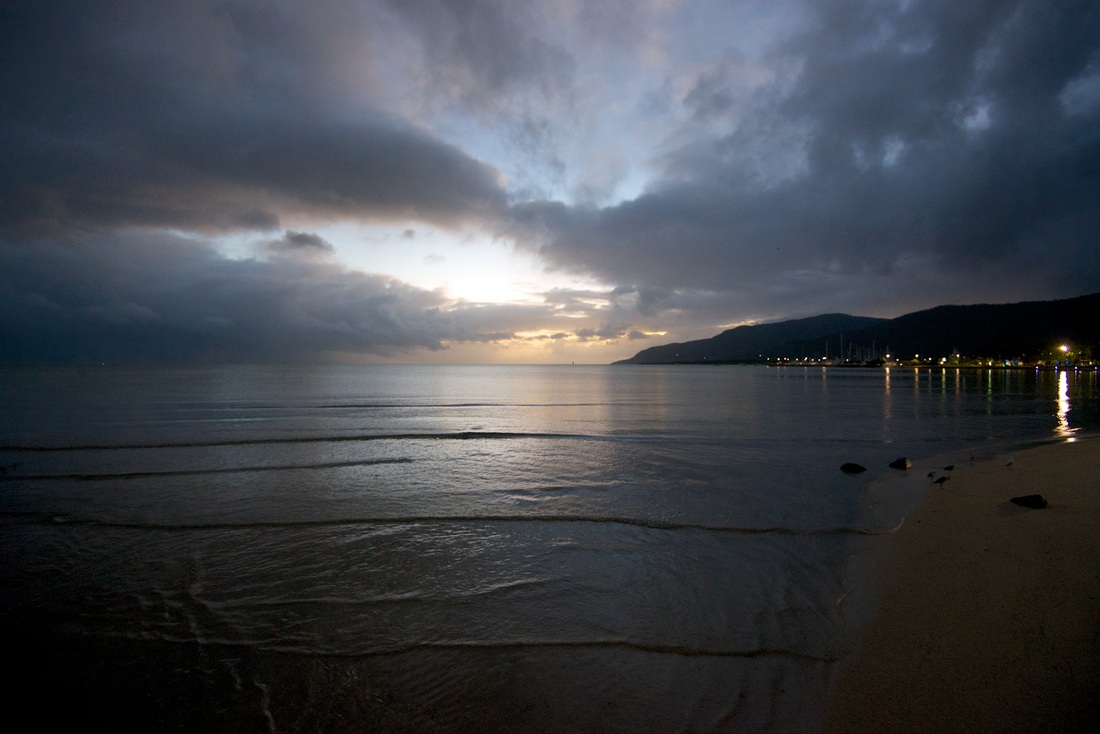
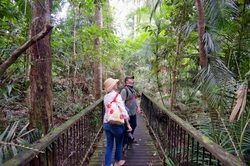
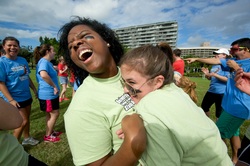
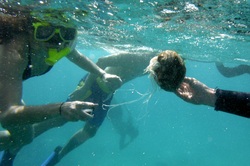
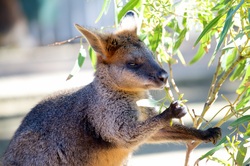
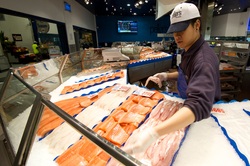
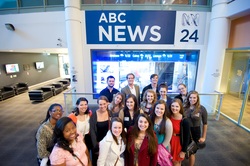
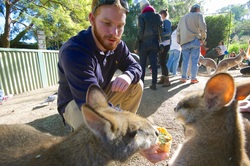
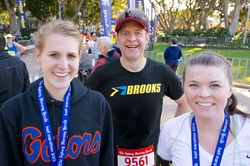
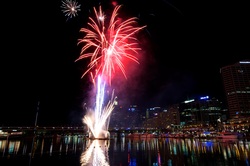
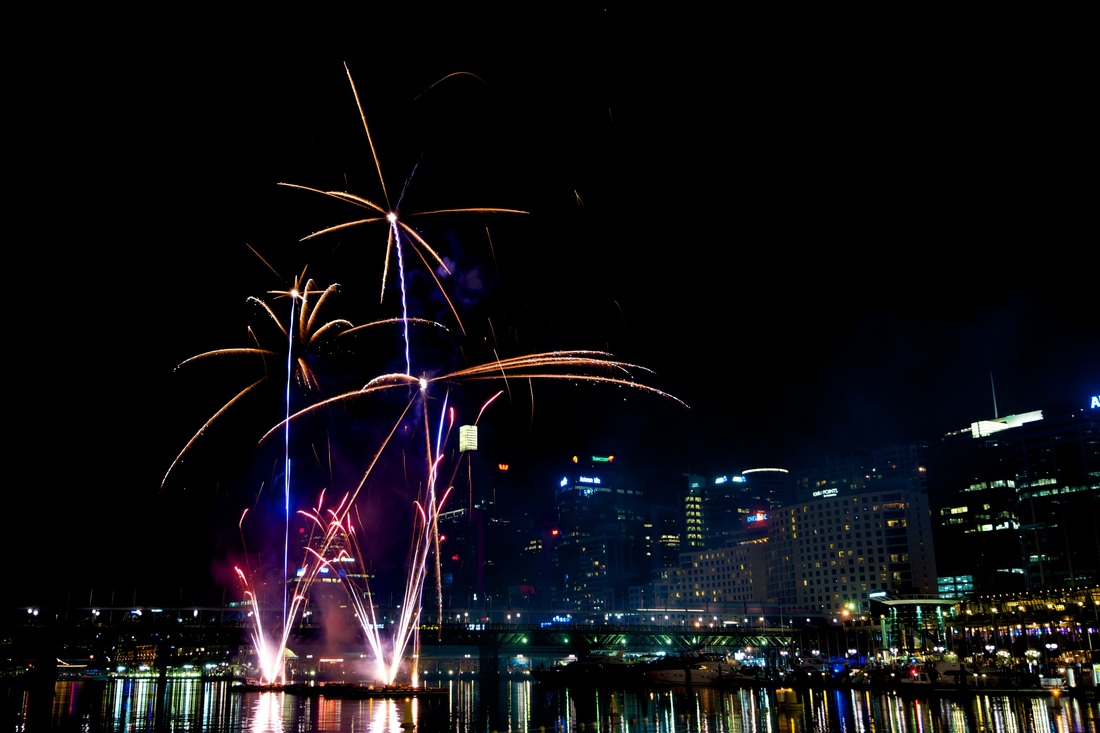
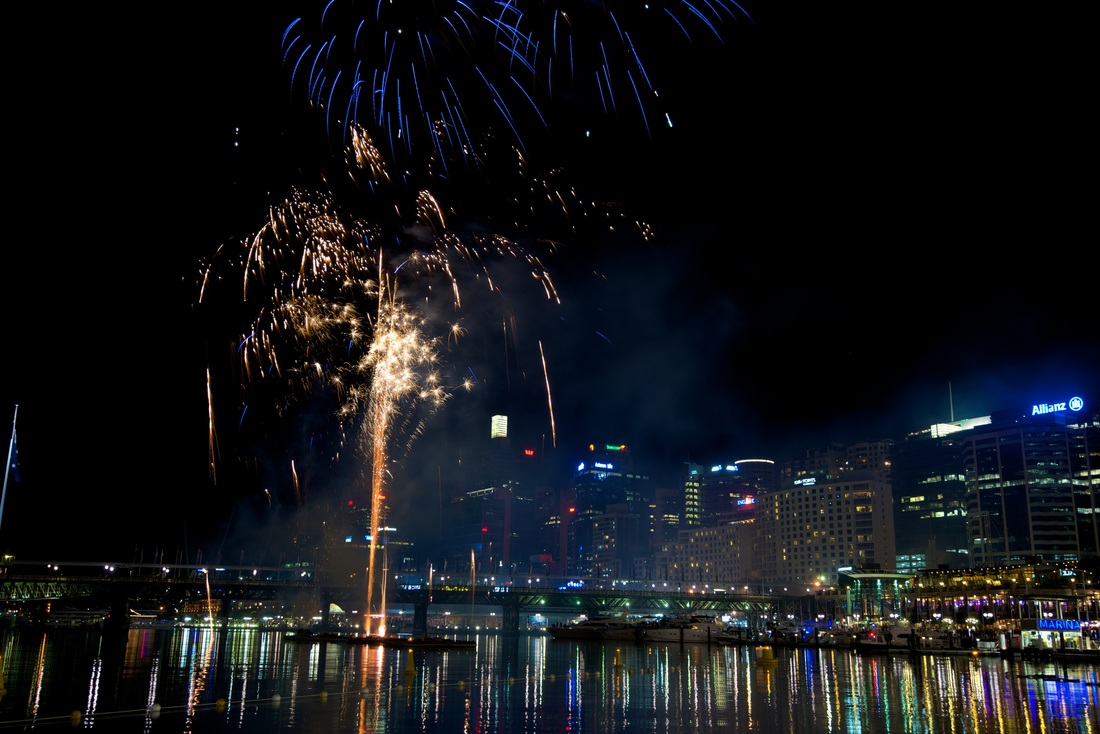
 RSS Feed
RSS Feed